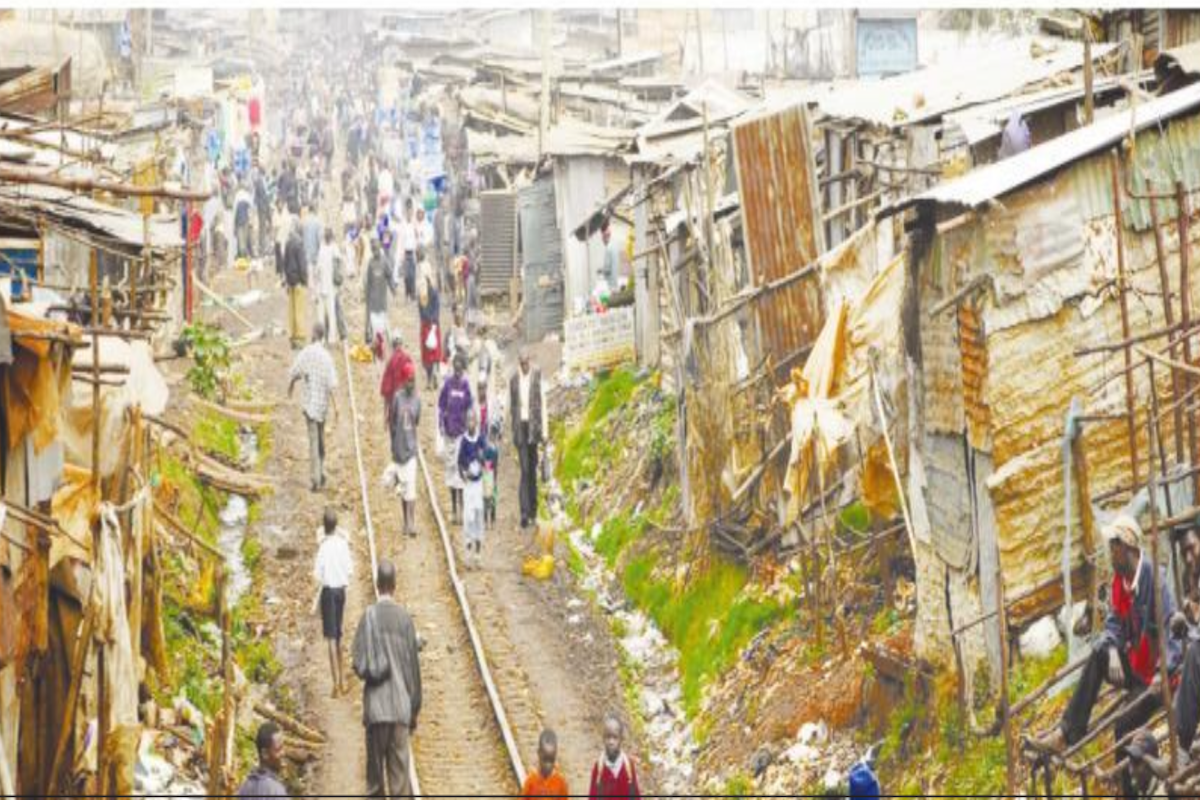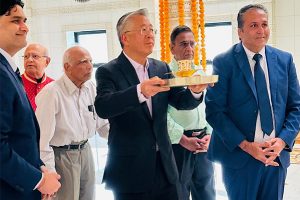The reforms in the areas of land, water, forests and environment will be ineffective if they don’t give space to the voice of those affected by the reforms. These communities comprise eighty-five per cent of the country’s population, yet none find even half a per cent space in development seminars and conferences, particularly when we are deliberating programmes targeted towards women.
We need to be very sensitive while interacting with the affected communities. It is a tough balance between not being subservient and not coming across as disrespectful. Winning a point is not as important as achieving long-term change.
If for this we need to compromise, for the time being, we must be prepared for it. The core of our relationship must be with the people as also with the government at the ground level. We must deal with people who are more permanent in the system and are the key interface with children and parents.
Programmes can have better outcomes through the wider participation of all stakeholders, particularly local communities who can better identify their issues and problems. Though well- thought, externally introduced projects can help development, they cannot be sustained in the absence of the active involvement of people whose problems are being addressed. Instead of trying to sell their ideas with vacuous phrases, professionals and practitioners would do better to discuss openly their plans and listen to the good solutions that ordinary people have.
When the community organises, identifies needs and collaborates in the formulation of strategies, it becomes the solution. We need a shift from hierarchical steering to coalitions ~ both vertical and horizontal ~ from the government to governance.
There is now a new strain of development innovation with smaller communities demonstrating the inventiveness and ability to innovate in the face of the mechanisms of impoverishment. The failure of a single development model must not be allowed to hide the new dynamism that has appeared in many smaller societies: rural communities organising themselves; experiments in local development and collective advancement; local enterprises triggering bursts of industrialisation; people finding their voice, defending their societies against the state; the birth and spread of communities of researchers, thinkers, writers and artists of repute.
The capacity for innovation, reinvention of traditions and resurgence of native skills are the defining emblems of these new societies. They are promoting “integrated”, “auto-centric”, “participatory”, “endogenous”, and “community” development.
The international poverty industry is worth trillions of US dollars a year. It’s bursting with experts, advisors and consultants. There is a surfeit of reports, studies, books, publications, PhD grants, consultancies, and loans. Rural development is now dominated by a new breed of savvy professionals calling themselves development experts. Social entrepreneurship is another of its kind and has become the bandwagon everybody is clambering on and every progressive politician across the country wants a piece of the development pie. There is big money in these development projects.
Development requires sustained efforts. The recipients of aid need training, hand-holding and constant and consistent mentoring to use the levers they are being provided. Such support has to come from groups that have local knowledge. The institutional players in the sector must set up such types of human intervention that can empower the marginalized local households and communities.
The truth is that we have still not been able to empower communities to develop and design programmes that can deliver them from their present plight. Experts have been scratching their heads for breakthrough solutions, and now suggest that the poor no longer have a mindset that expects governments to come to them on a white horse with a bucket of money to fill their bowls. They argue that strategies that ensure wider participation of the poor in programmes meant for them have much greater potential to deliver lasting and meaningful outcomes.
Merely pumping a backward region with financial capital is not going to be enough in the absence of improvements on the side of human, social and physical capital. The people in the first place have to be healthy and educated to be productive so that they can use finance effectively. Finally, there has to be adequate access to physical capital in terms of roads, bridges, canals, warehouses and market yards, in addition to electric power and telecommunication, for financial capital to be useful. In the absence of all this, merely insisting on financial inclusion will not work.
There is an overemphasis on technology. The top management feels that investments in technology can address all development issues. Tech-savvy business school boys seem to be the answer to the problems of managing and scaling development pro- grammes. All this makes it difficult for normal professional development work to understand and serves the local, complex, diverse, dynamic and unpredictable realities of rural life. All the issues flagged by field workers are sorted into pre-fixed templates and solutions.
Technology ~ no matter how intelligently designed ~ is only a magnifier of human capacity and intent but is not a substitute. If you have a resource of competent, well-intentioned people, then the appropriate technology can amplify their efforts and lead to amazing outcomes.
But, in circumstances where that devotion is lacking, as in the case of corrupt government bureaucrats, or at minimal capacity, as in the case of people who lack basic education, no amount of technology will turn things around. A glaring case is that of telemedicine.
It has been touted as a revolutionary tool for curing dysfunctional rural health. But we all know it has not been able to deliver the promised results.
Most projects rarely fulfil their promise. For instance, teaching farming practices through video requires capable and patient extension and devoted non-profit staff.
Our obsession with so many shiny gadgets has hardly helped us in delivering in ways we expected. This is the lesson for most social programmes the world over. Technology has a role to play when we develop the capacity of the people to absorb it.
Economic development and social change must begin from within even though the initial nudges may have to come from outside. Well-meaning people should have open-minded to listen to those who work in the field and live the day-to-day challenges.
That respect opens many doors. Lasting change comes about so slowly that one may not notice it until people resist being taken care of. This can help India transition to another economic model – one that generates a fair- er, more equal, and more humane economy.
This goal is sacrosanct for every Indian because it has an implicit social contract, enshrined in its constitution, upon which modern India is founded. The bottom line of India’s development paradox is: People need to be given a chance to fulfil their innate potential.
It is in the light of this learn- ing that philanthropy has undergone a steady intellectual shift in international economic development models, giving rise to the modern idea of impact investing. What used to be an “aid”-based approach has now turned into an “empowerment”-based approach that focuses on investing in local entrepreneurs who create local solutions that are both impactful and sustainable.
Economics is also undergoing a course correction. Econo- mists have tended to content themselves with a ridiculously simple picture of human motivation, rationality and well-being. They are now realizing that theory, to be of use, must keep its feet on the ground. Economists have drifted too far from the actual world. Ronald Coase’s poignant words in his book, The Task of the Society sum up the modern dilemma:
“Economics, over the years, has become more and more abstract and divorced from events in the real world. Econo- mists, by and large, do not study the workings of the actual economic system. They theorize about it. As Ely Devons, an English economist, once said at a meeting, ‘If economists wished to study the horse, they wouldn’t go and look at horses. They’d sit in their studies and say to them, ‘What would I do if I were a horse?’ ” We need to study the horses.











